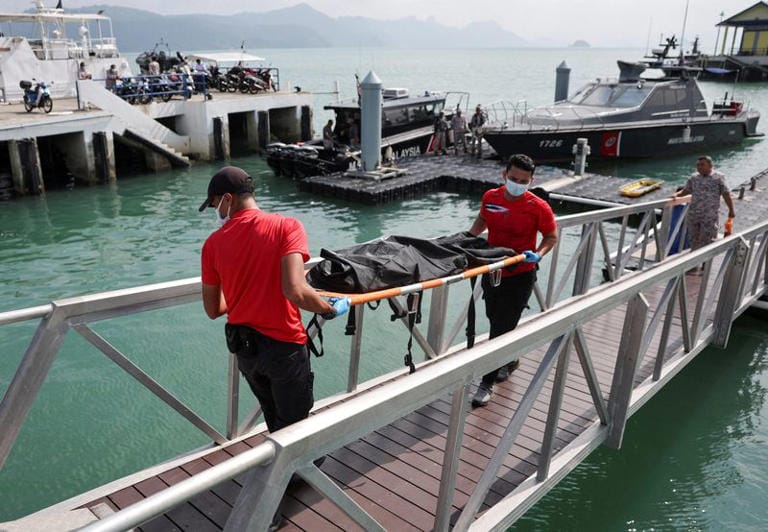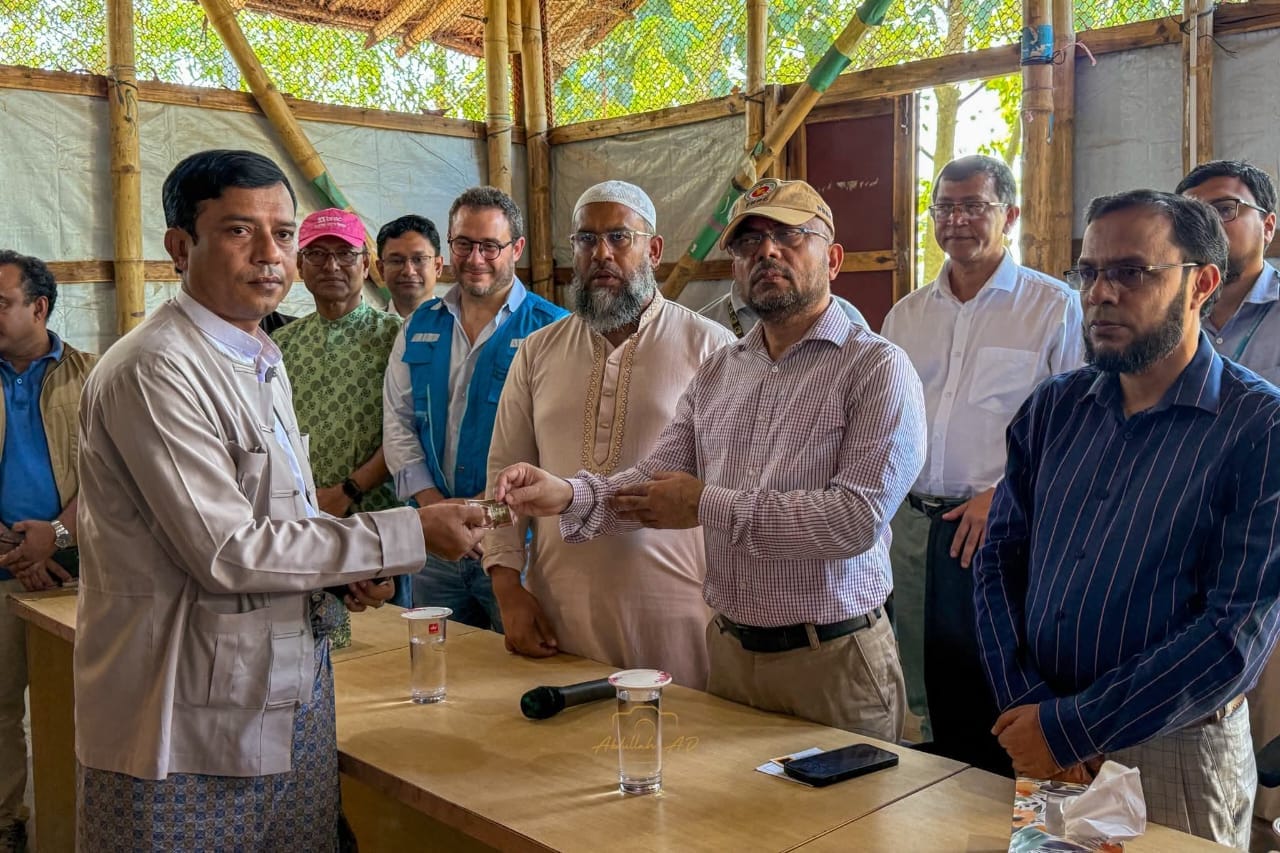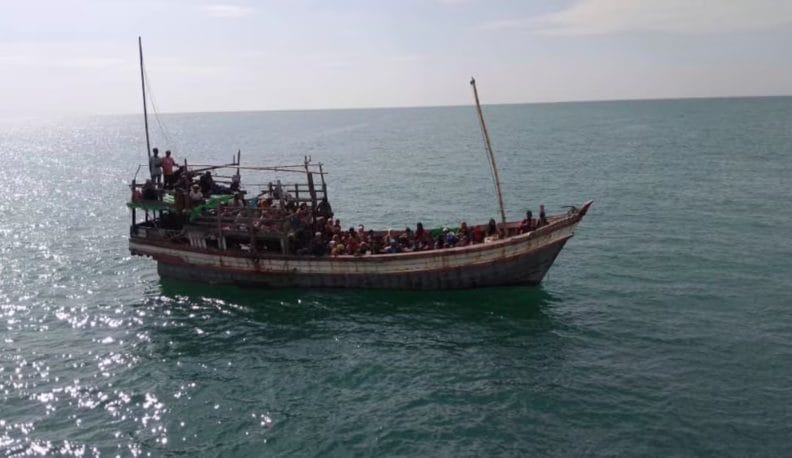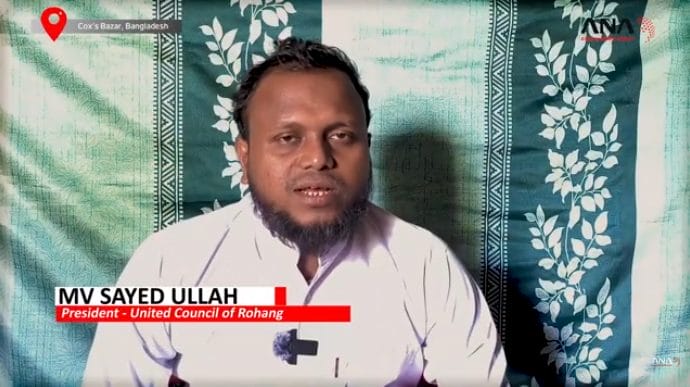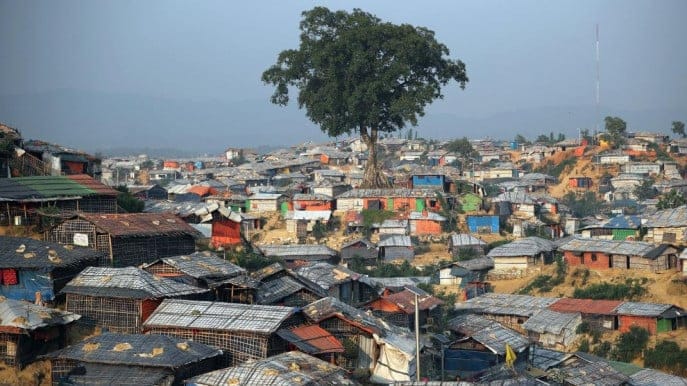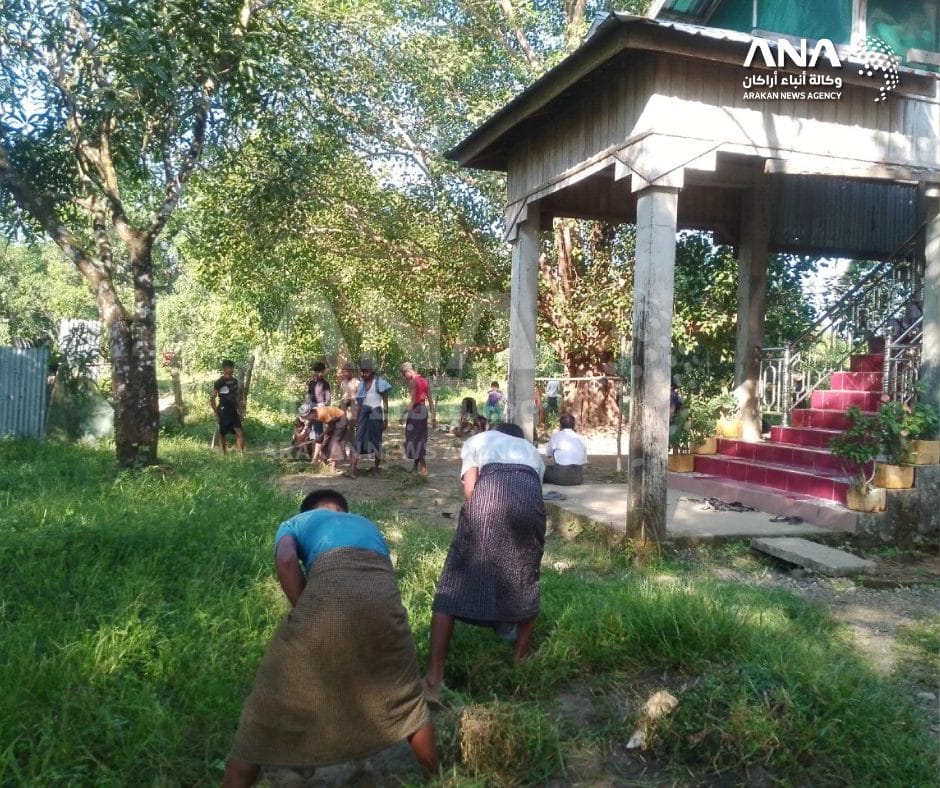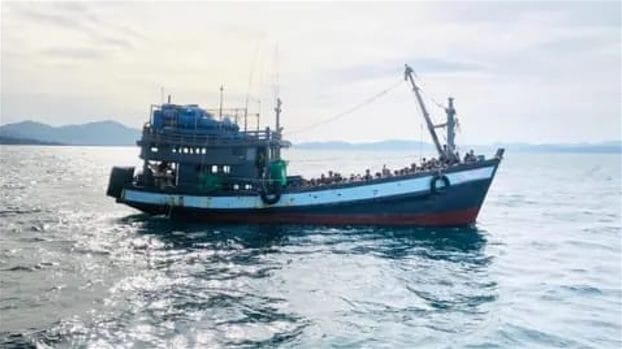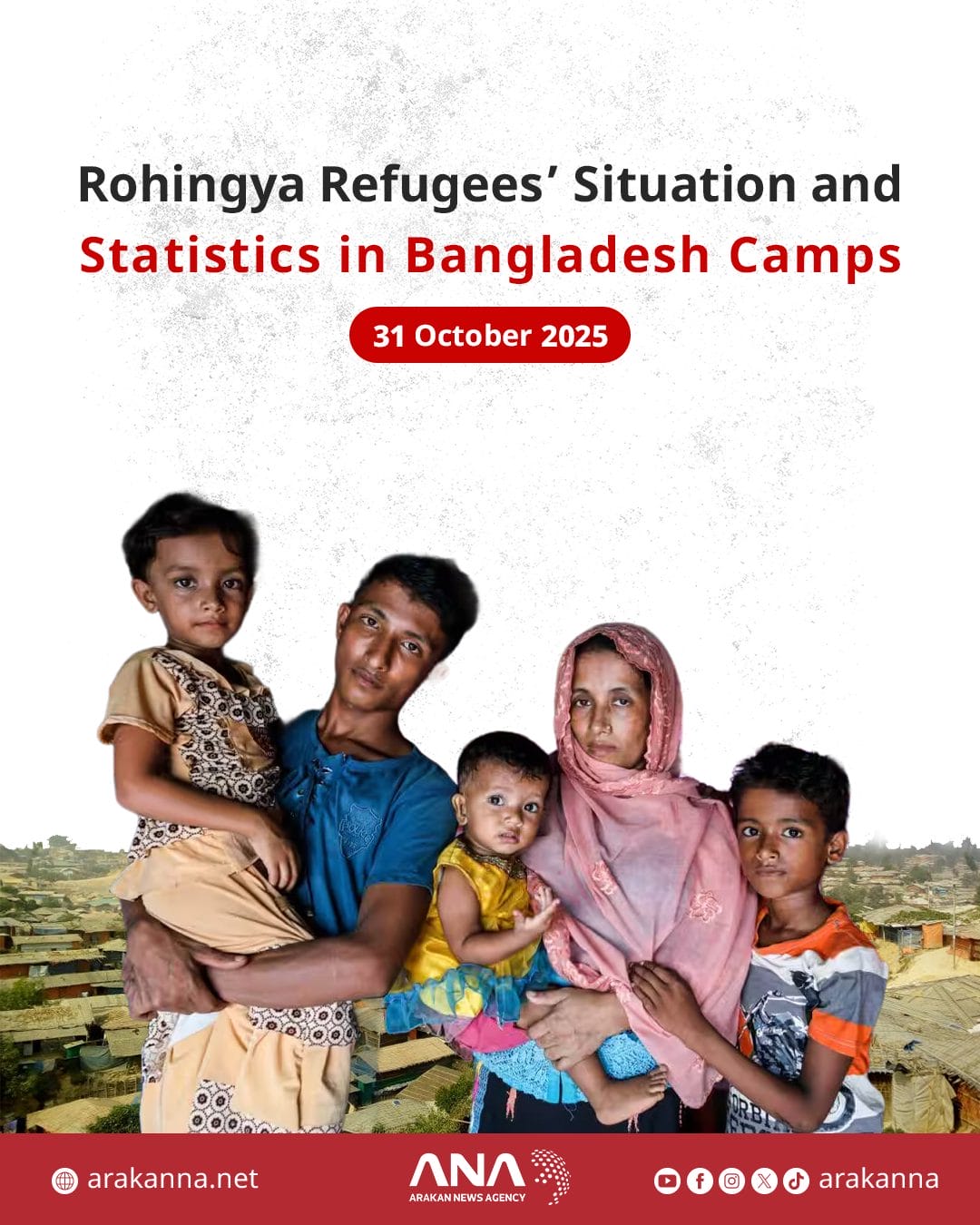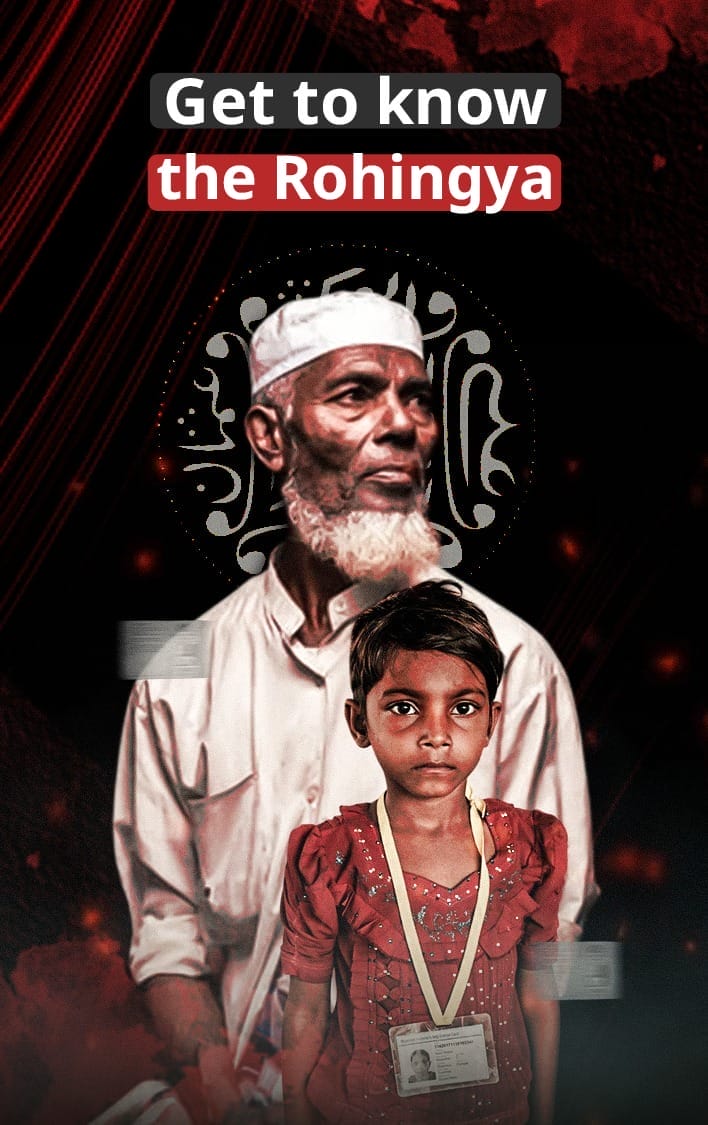The concepts of refugee, refugee crisis, and migration have recently become a center of debate all around the world. The acceleration of forced migration and refugee flows, in particular from the Middle East region have caused a marked change and transformative effect in all aspects of life, especially on the host nations that have experienced these massive forms of forced movements of refugees. In a general sense, refugees are forced migrants who have left their homes or states forcefully when they have no other choice. According to UNHCR’s statistics database at mid-2023, “More than 110 million individuals have been forcibly displaced worldwide as a result of persecution, conflict, violence, or human rights violations. We are now witnessing the highest levels of displacement on record” (Refugee Data Finder, 2023).
Many refugee crises have occurred throughout old and modern history, and all those crises share similar reasons. Some of these reasons are man-made, connected with political unrest, which has created forced migration. Political unrest and other human conflicts, such as cultural and religious conflicts, have forced millions of people around the world to leave their places of settlement, either inside or outside their countries’ borders, to flee from armed conflicts, violence, genocides, ethnic cleansing, religious discrimination, and violations of human rights. A good example here is the Rohingya, who are a Muslim minority in Myanmar and are considered victims of ethnic and religious discrimination. As mentioned by UNHCR, “the Rohingya have suffered decades of violence, discrimination, and persecution in Myanmar. Their largest exodus began in August 2017 after a massive wave of violence broke out in Myanmar’s Rakhine State, forcing more than 742,000 people to seek refuge in Bangladesh” (Rohingya Refugee Crisis Explained, 2023).
Muslims of Rohingya are usually regarded as refugees because of their persecution and stateless status. Humanitarian groups or agencies and foreign media frequently frame them in a victim-centered narrative. However, this representation differs significantly depending on the audience; host-country media and government entities often depict Rohingya Muslims as economic burdens or threats to national security, reinforcing the notion of othering by portraying them as inferior, exotic, and dangerous. Myanmar’s military and ultra-nationalist parties have utilized narratives and discourses that portray the Rohingya as a security danger to justify decades of continued persecution and oppression. Local news organizations, media, and politicians in some host countries, such as Bangladesh and India, have used these narratives to build anti-refugee attitudes, raise discrimination, and justify repressive policies against them.
As a result of this negative representation, the threat to national security discourse has a significant influence on the civil rights, safety, and opportunities of the Muslims of Rohingya. It extends their condition of displacement, statelessness, and marginalization by dehumanizing them. Presenting the Rohingya as a national threat shifts their status from displaced victims to security threats. Furthermore, it justifies both government-sponsored brutality in Myanmar and the restrictive and repressive policies and laws in host nations, allowing human rights violations to continue with impunity. Finally, by depicting them as a threat, authorities and governments may justify denying Rohingya essential rights, which include their freedom of movement, education, and work opportunities.
In conclusion, the plight of Rohingya refugees invites us to delve deeply into their catastrophe and how they must be depicted based on reliable and authentic representation, as the displacement process itself should not be our primary focus, but rather the genocide and ethnic cleansing they are facing, in addition to their representation in the public world as refugees. Over the past decade, it has been obvious that some authorities, particularly in host countries, have stereotypical depictions of Rohingya and have promoted an incorrect and misleading picture of them. Therefore, disrupting any negative portrayal is not an easy mission but is necessary, and to do so, we need to challenge prejudiced discourse by incorporating this issue into all aspects of cultural production and media, such as literature, arts, and education. We must remind the world of this suffering community and present the truth about them. It is our obligation as human beings, not only as researchers or educators.



